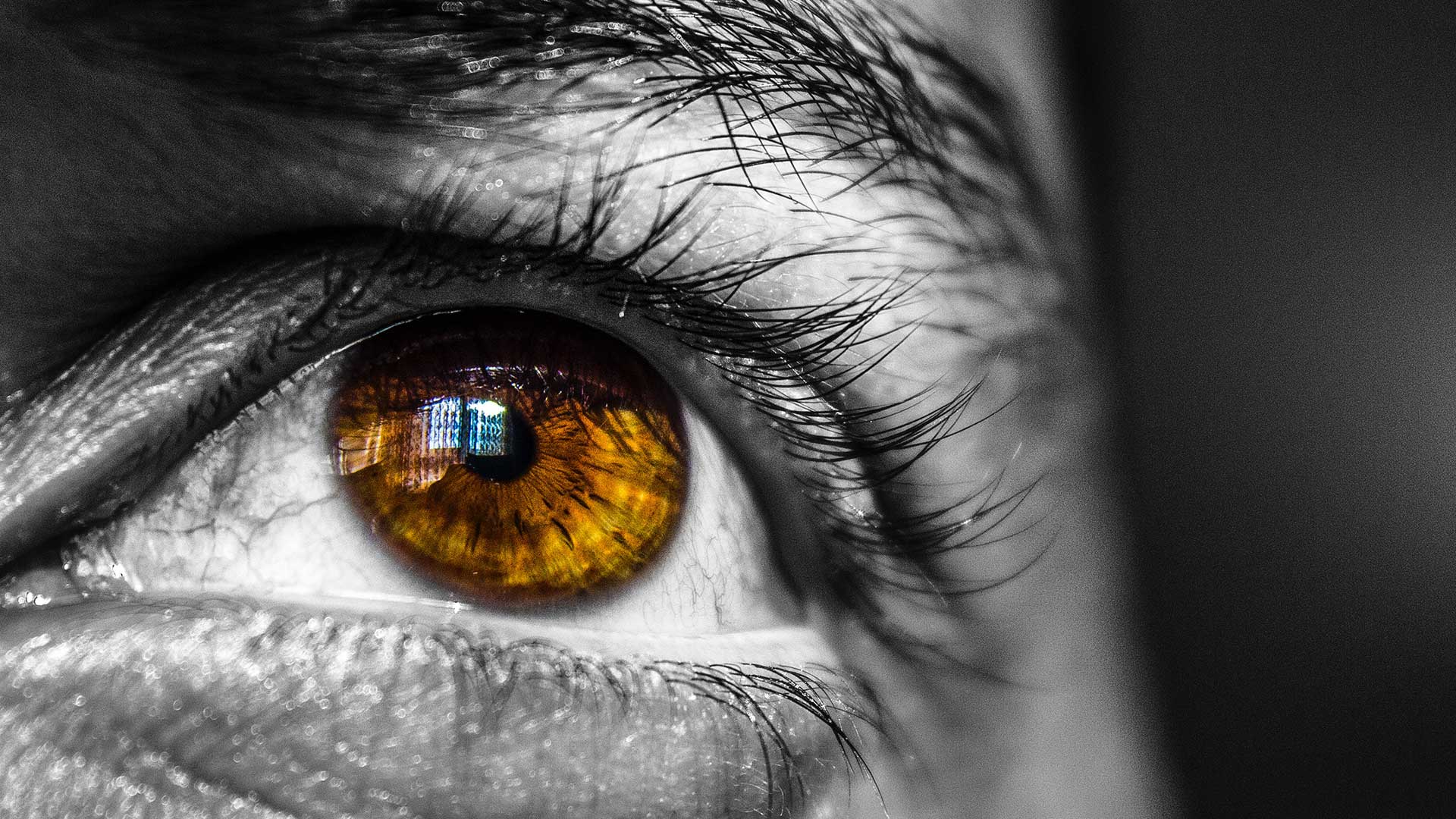Your Eyes – How Everything Works
Your Eyes – How Everything Works

Save our sight month is right around the corner, and there’s no better time to give your eyes some attention than right now.
In our earlier pieces, we’ve touched on ominous diseases like Glaucoma, which have no symptoms to speak of until vision is irreparably lost. This time we’ll steer away from all the doom and gloom, to discuss some of the more common problems affecting us as we age and which are very normal.
Everyone is affected by presbyopia after the age of 40. Inside the eye is a lens. By changing the shape of the lens, our eyes can change focus from distance to near and everything in between. This lens loses its elasticity over time. This means our ability to focus on close objects or small print will gradually decline with age. Presbyopia affects everyone, from those who have had glasses their entire life to those who have always considered their eyesight perfect. Fortunately, we can prescribe lenses designed to help.
A person with myopia, commonly called short-sightedness, will experience blurred distance vision while being able to see clearly up close. Short-sighted people will find objects become clearer as they move closer to them. Their eyes are too long and the picture forms in front of the retina. Myopia is corrected with a lens designed to move the image back onto the retina, making distant objects clear once again. For children with myopia, we now have a myopia control clinic. New methods and technology are used to slow the progression of short sight during these important developmental years.
A person with hyperopia, also called long-sightedness, can generally see easily at any distance. However, when objects are closer, the eye has to adjust the focus because the image forms behind the retina. Generally the eye can adjust but sometimes, the eye is not powerful enough to make this special effort and the images become blurry. This effort can cause fatigue and headaches. Hyperopia requires lenses designed to converge light, relieving the headaches and visual fatigue.
If you think it’s time you had a comprehensive vision examination, you contact us. You can also email your Optometrist if you have a query or want some more information ocular health and eyesight.
Article By Ross Hardey.
About Ross
Ross Hardey is an Optometrist practising at Hawera Eyecare. He has a special interest in visual development and the ageing eye.
All about Cataracts
All about Cataracts

Patients can become very concerned when they hear they are developing cataracts.
Cataracts are certainly nothing to be blasé about, but many are relieved to hear they are a part of the normal ageing process. Most if not all of us, will develop a cataract in our lifetime.
A cataract is a clouding of the eye’s internal lens. This stops our eye from receiving clear images, making them blurred and fuzzy. Cataracts tend to affect people over 60, although rarely children may be born with cataracts.
For those who want to minimise risk, certain factors may cause a cataract to develop earlier. Though advancing age is the most common risk factor, some studies indicate that diet, exposure to light and smoking may be related. Diabetics and those who are more readily exposed to UV light may develop cataracts earlier.
Some of the more common symptoms experienced by those with cataracts include:
- Blurred or foggy vision
- Feeling as if you have a ‘film over your vision’
- Regular changes in prescription
- Changes in colour vision where objects often look dull or washed out
- Problems with glare, and sensitivity to car headlights or internal lighting
- Double vision
A comprehensive vision examination is always recommended to assess the type and severity of a cataract. Though an advanced cataract will require surgery, many early or developing cataracts can benefit from a change in prescription or a specialised tint to reduce glare.
Contrary to popular belief, cataract surgery does not involve the ‘scraping of a film’ off the front surface of the eye! The internal lens of your eye is in fact surgically removed and replaced with an artificial intraocular lens. With our ageing population, cataract surgery has very quickly become one of the most commonly performed surgeries. Most patients return home on the same day as the surgery and recover quickly.
For more information, or to ask a question about cataracts book a comprehensive vision examination with your Optometrist.
About John
John Boyle is an Optometrist practising at Hawera Eyecare. He has an interest in both surgical and medical treatments for those with age-related eye conditions.
Let’s make things Clearer – Occupational Lenses
Let’s make things Clearer – Occupational Lenses

Are you getting fed up searching for your reading glasses? You’re sick of taking them on and off every time you want to look further than arm’s length?
Many of my patients need their reading glasses, but don’t like the idea of progressives or bifocals. Many don’t want to wear glasses full time.
A few years ago a new development came on the scene: Occupationals are a great lens for those who need help with their reading, but want to see things just a little further away too.
Occupationals act as reading glasses with an extended range. They allow you to see further across the room so you don’t have to keep taking them off. They tend to be much easier to adapt to than progressive lenses, and unlike a bifocal don’t have a physical dividing line within the lens.
There are many types of occupational lenses. Digitime lenses can have a range of up to one metre, with an extra boost for near work and your phone. Some advanced lenses extend your range to 4-5 metres. These lenses are called ID Workstyle lenses, made by internationally acclaimed manufacturers.
ID Workstyle lenses are very advantageous for those needing middle distances at eye level, such as the computer or music on a music stand. If you want to see further across the room you can do so by tilting your head downwards slightly and looking in through the topmost portion of the lens. No more looking over your glasses to see further away!
For more information on occupational lenses you can contact your Optometrist. You can also book a comprehensive vision assessment to discuss the lens that would best suit you.
Article By Kerry Bennett.
About Kerry
Kerry Bennett is an Optometrist practising at Hawera Eyecare. He provides comprehensive vision examinations, and has special interests in the dispensing, design and glazing of optical lenses.



